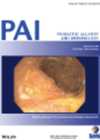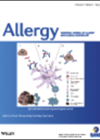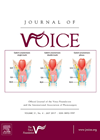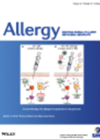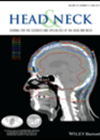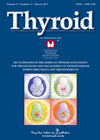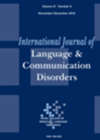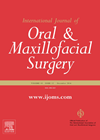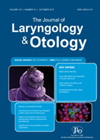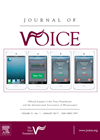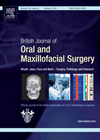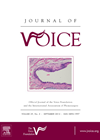
Journal Reviews
Allergen immunotherapy and allergic rhinitis – EAACI guideline 2017
Allergic rhinitis (AR) is a common chronic childhood disease with considerable social burden and impact on quality of life, frequently necessitating treatment with various combinations of antihistamines and corticosteroids. The allergen immunotherapy (AIT), sometimes known as desensitisation therapy, can modify...
Apps in allergic rhinitis
Utilising smart-phone applications to gather data is an expanding field in medicine. However, it is not without limitations including bias. The European Innovation Partnership on Active and Healthy Ageing (EIP on AHA) introduced the Allergy Diary application as part of...
Long-term results of injection laryngoplasty with polydimethylsiloxane (Vox) for unilateral vocal fold paralysis
Polydimethylsiloxane (PDMS) is widely used for vocal cord injections to treat patients with a vocal cord palsy. It is commercially available as the Vox implant system. Alternative compounds that can be employed include hyaluronic acid and calcium hydroxyapatite (Radiesse Voice)....
Sublingual house dust mite immunotherapy
House dust mite immunotherapy in allergic rhinitis was shown to be effective in trials with a relatively small number of participants. The authors of this study performed a multicentre double-blind randomised controlled trial to investigate effects of house dust mite...
Predicting which oropharyngeal SCC HPV-positive patients should avoid de-escalated treatment
This study is timely for many reasons and raises very important questions in the management of the current rise in HPV-positive patients with oropharyngeal cancer (OPC). The uniqueness of this group within head and neck cancer in terms of favourable...
Previous radiotherapy does not cause worse outcomes in patients with differentiated thyroid cancer
Radiation exposure from nuclear incidents, especially in childhood, is known to increase the risk of thyroid cancer. This large retrospective study from the Memorial Sloan Kettering Cancer Centre sought to determine if thyroid cancers in patients with prior exposure to...
SpeechEasy® for stuttering
In this article, the authors describe their experiences with an altered auditory feedback (AAF) device: SpeechEasy® during a random clinical trial. AAF has been reported in other laboratory studies to reduce stuttering events without influencing the rate, intensity or frequency...
Honey in the management of mucositis
This is a meta-analysis of randomised controlled trials. Despite some limitations, they were able to identify that honey could reduce the severity of radio/chemotherapy induced oral mucositis. They acknowledge that the exact aetiology in the effect of honey is not...
Role of intranasal steroids after radiotherapy for nasopharyngeal carcinoma
Rhinosinusitis often follows radiotherapy in the treatment of carcinoma of the nasopharynx. The interval and severity may vary with the dose of radiation and stage of the carcinoma. In this randomised, controlled study, patients who developed rhinosinusitis after radiotherapy treatment...
What is the optimum duration of voice rest after microlaryngoscopy procedures?
Recent survey data looking at the opinions and practices of otolaryngologists in the US and the UK demonstrate that there is a wide variation in recommendations made for voice rest after vocal fold surgery. In the US, the most common...
Hilotherapy for facial surgery patients?
Hilotherapy involves administering regulated cold compression through a facemask. The principle of this treatment involves cyotherapy as a traditional treatment for reducing inflammation, pain and swelling following trauma. It is believed that using hilotherapy (Hilotherm®), which uses a mask to...
Voice therapy is an effective treatment for presbyphonia
The quality of an individual’s voice often declines with age. This deterioration occurs firstly as a result of vocal fold atrophy secondary to histologic alteration of the vocal fold mucosa as well as atrophy of the laryngeal musculature. Phonatory efficiency...

